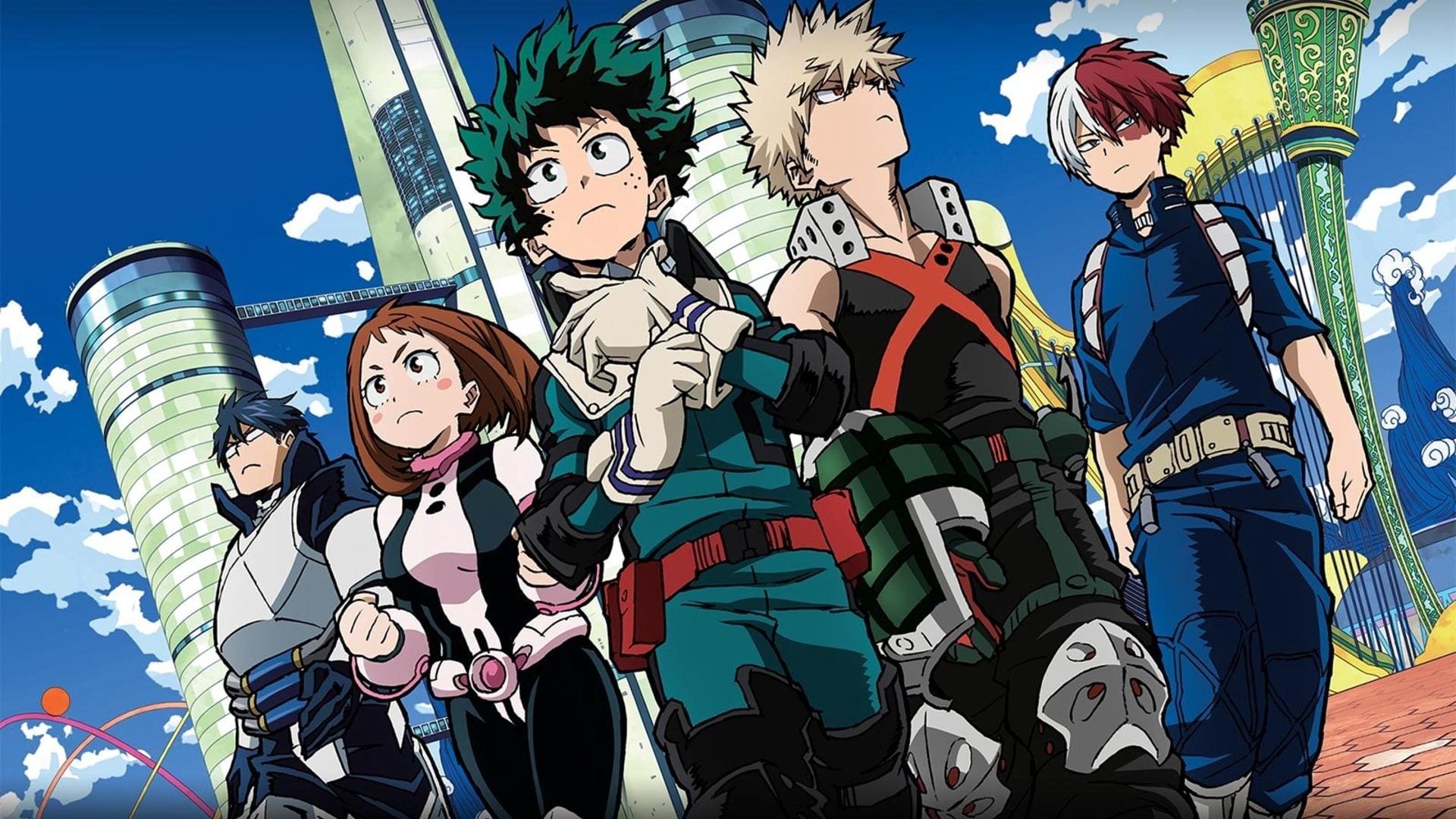Table of Contents Show
Anime and manga series have always been seen as a form of visual entertainment “targeted towards kids.” This is because many seem to blur the lines between anime and cartoons. In an undergraduate research survey conducted at Arcadia University, most people who took part in the survey had an “animated things are for kids” mindset (( Patterson, Jonathan. n.d. ScholarWorks@Arcadia People’s Perception of Anime. 10. )). It was then concluded that because of that mentality, most people chose not to give anime a chance. The researcher also included that the surveyors “considered it the same as children’s cartoons and they are an adult so they are not interested in it.” (( Patterson, Jonathan. n.d. ScholarWorks@Arcadia People’s Perception of Anime. 10-11. ))
Although that is a one-dimensional way of thinking, Japanese anime and American cartoons can be similar. Both of them are created the same way. The illustrations are all hand-drawn and are done frame by frame, creating a motion-picture animation. But with this one similarity, comes a handful of differences.
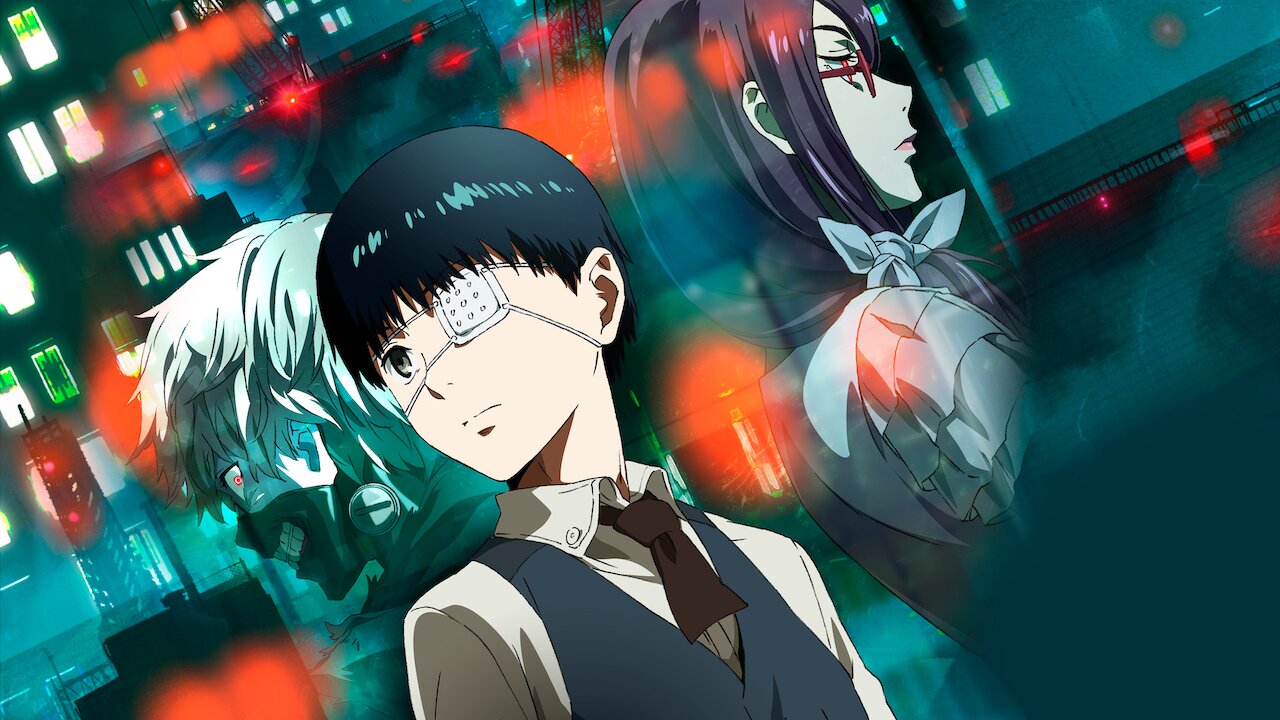
In America, cartoons have a pre-dominant audience of children. Television shows such as Spongebob Squarepants and The Tom and Jerry Show exemplify light-hearted comedy, vibrant and loud color schemes, and imaginative characters that American creators use to capture the attention of children. In Japanese anime, the premise of the stories is usually targeted towards a mature audience. In addition to that, the color scheme of the show is usually reflective of the plot. For example, in the comic-like anime My Hero Academia, bright splashes of color are used in the animation. In the horror-themed anime, Tokyo Ghoul, the tone and the artistic style caters to the dark storyline.
Although they both have respective differences in art techniques, character creations, and storyline themes, for a while, the two were always seen as the same thing. However, with societal influence, anime has begun straying away from being categorized as something for children.
The Societal Impact
Most-known series like Pokémon and Yu-Gi-Oh have been childhood staples for quite some time. Although anime and manga have been around for decades now, the popularization of this art form exceeded only in the past couple of years.
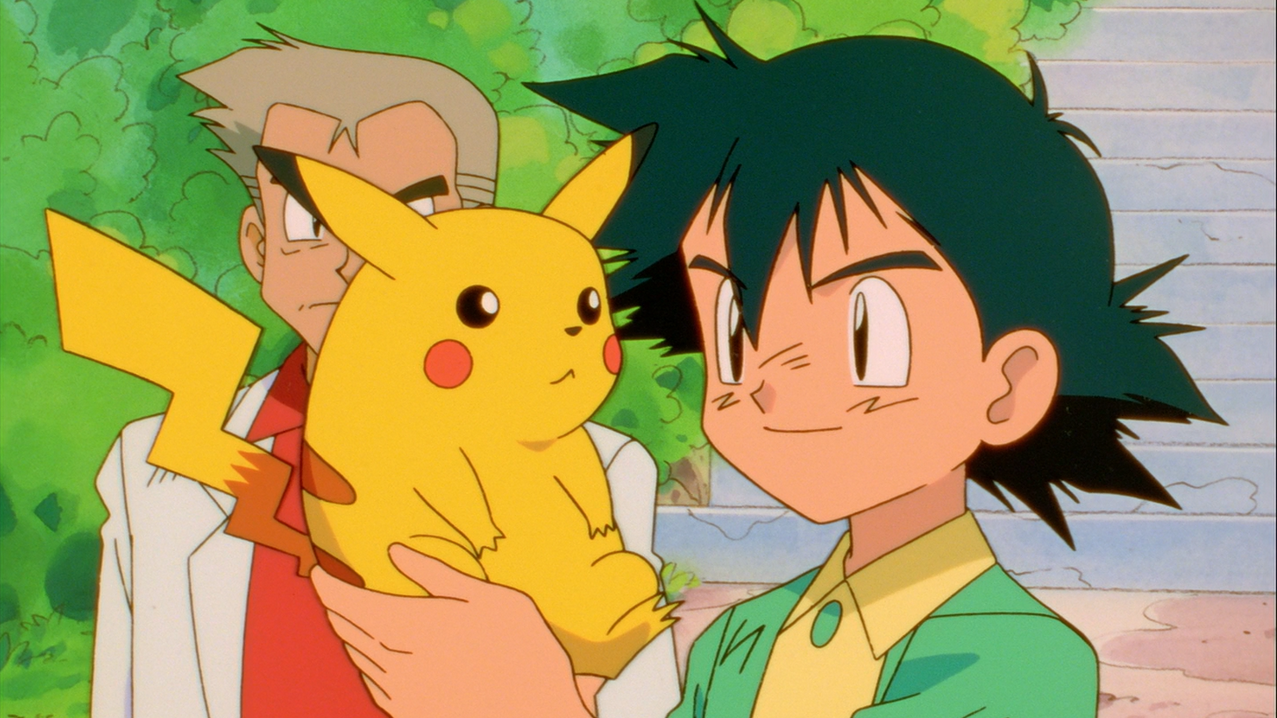
Viewing anime and manga from an American perspective, prior to the 2010s, was heavily influenced by Japanese culture and Eastern ideas. They were something that the majority of people did not understand because it was so different compared to the forms of entertainment that were being created in the United States. There was always a negative connotation when it came to anime and those who consumed it. Many fans were seen as “odd” or “socially awkward,” and this is all because of the way society would view anime or manga. Most of the time, their perception was clouded by ignorance, for the reason that they simply lack the knowledge of what anime and manga are.
The way anime is represented in media does not help because oftentimes, it leads to false assumptions of the art form. Therefore with piqued interest in anime and manga continuously increasing, this begs the question: Why is anime suddenly gaining so much attention? Are storylines being adjusted to accommodate Westernized ideas? Are characters becoming more relatable to their viewers? Anime has definitely succeeded in breaking through the boundaries of mainstream media, for the reason that it has a unique ability to grow with its viewers through well-orchestrated characters and distinctive plot-lines.
Carefully Crafted Character Development
From anti-heroes stealing your hearts, underdogs overcoming the odds, and foils pushing the protagonist to their greatest feats, character arcs, and their developments, captivates an audience’s attention right off the bat. Anime creators are known for building characters their viewers gravitate towards.
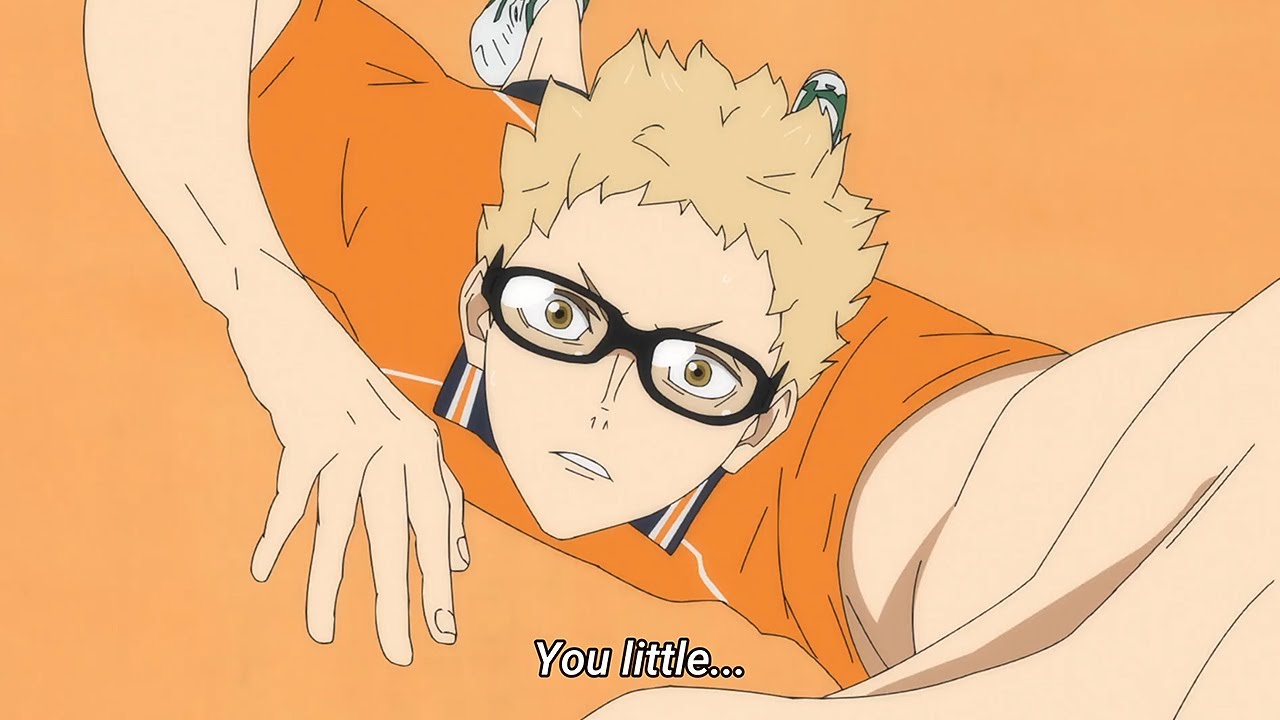
They are a driving force in any story. The way they grow and change is the most engaging part of the plot. The action of the story lures the audience’s attention but the way the characters react to it, make their decisions, and essentially how they feel about these actions are what makes viewers stick around for more.
An Alarming Ally
One of the most significant character developments in anime is Kei Tsukishima in Haruichi Furudate’s series, Haikyu!!. When Tsukishima was first introduced in season one, he was portrayed as a sharp and skilled freshman newcomer whose personality included quick-witted insults and sharp intelligence on the court. Although he’s known for his terrible attitude, his skills were never overlooked since he became Karasuno’s starting middle blocker. As the seasons progressed, Tsukishima realized that no matter what he did, it was unmatched to what the protagonists, Shoyo Hinata and Tobio Kageyama, could execute together.
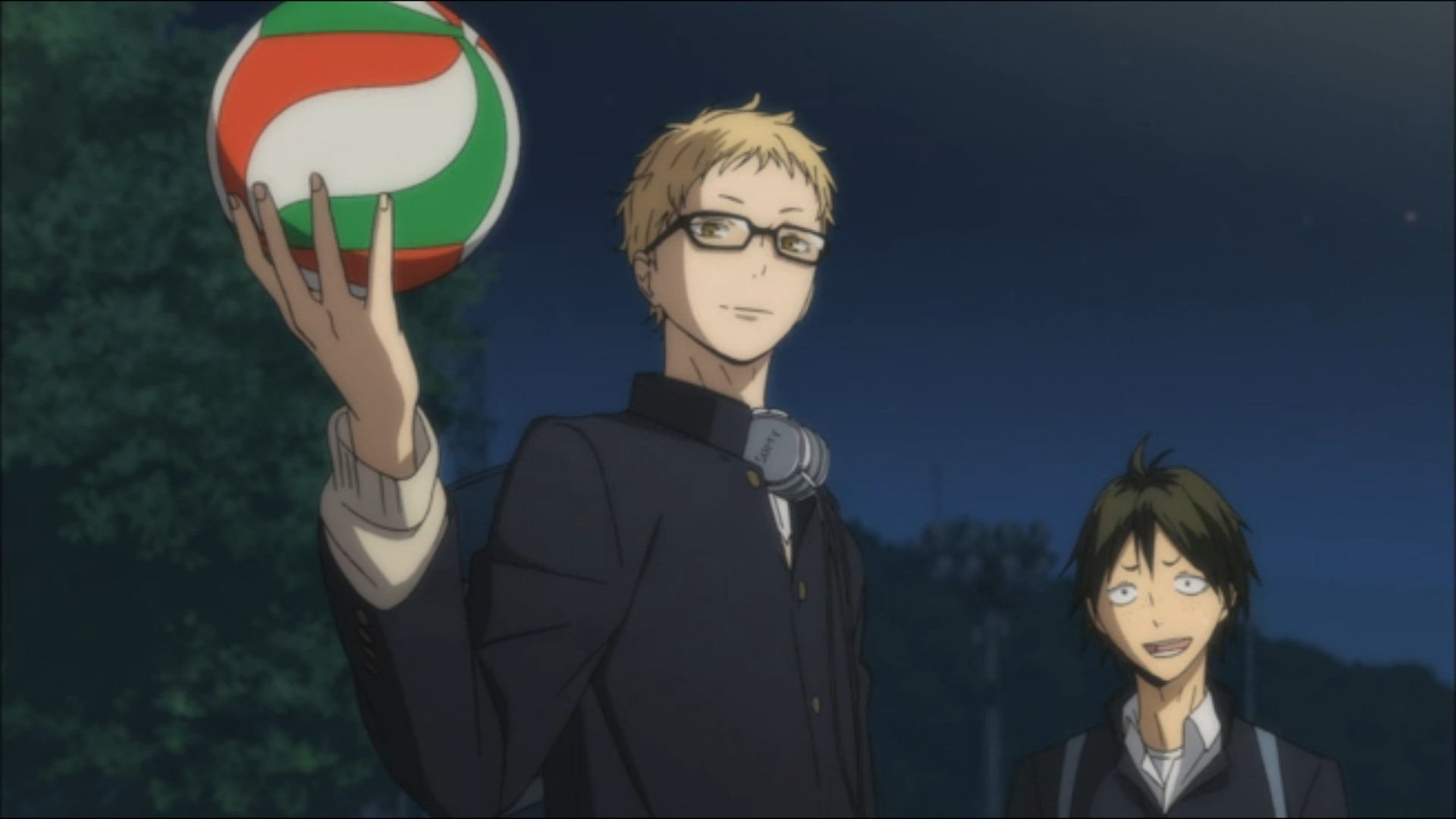
In addition to that, Tsukishima saw how much the sport hurt his older brother, Akiteru. This caused a growing resentment towards the sport inside of him. Although Tsukishima does not seem to care for many things, this exemplified the care he had for his family, which slowly peeled back his character’s layers. For the majority of the series, the viewers were used to Tsukishima’s cold exterior and lack of enthusiasm. However, a pivotal moment in the third season put his character in a new light.
After blocking an almost unstoppable hit from the number one ace in the Miyagi Prefecture, Wakatoshi Ushijima, Tsukishima let out a cry of excitement and satisfaction. This play gave the second set of the game to Karasuno, putting the match into its third and final set to determine who the winners would be. He believed in his skills and himself, despite still not loving volleyball as much as his teammates did. This was the moment that hooked Tsukishima on the game and the exact moment where viewers were hooked into this character’s complex internal journey.
Compelling Storylines
Characters may be the driving force of any film or tv series, but the plot is the sole reason why viewers give it their time of day. Anime has always had intriguing and fascinating plot-lines. From teenager turned kid detective Conan Edogawa (Detective Conan (Case Closed), 1994) to young ninja Naruto Uzumaki (Naruto, 2002), these characters and their stories stick with the audience even after the series comes to a close. As the years have progressed, anime creators took into account the modernization of society and Westernized ideas.
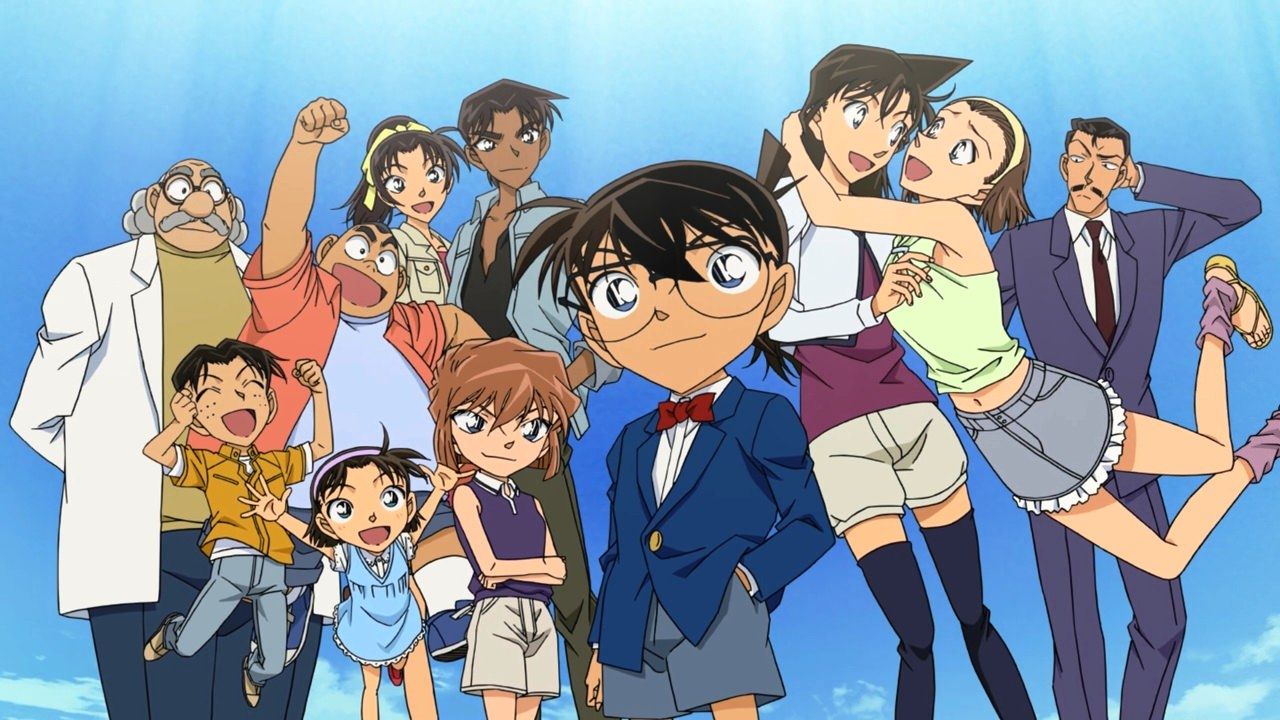
From Full Metal Alchemist to Death Note, creators have accommodated those with overtly Westernized viewpoints. Regardless of the type of anime, these storylines are far from what any animated-like show can produce. Most of the time, anime touches upon mature and sometimes adult topics, which is why their audience has exceedingly grown. Society is beginning to realize that anime is not limited to being just for children.
Groundhog Day (1993) Meets Detective Conan (1994)
Kei Sanbe’s mini-series, Erased (Boku dake ga Inai Machi), follows the protagonist Satoru Fujinuma, a 29-years-old aspiring manga artist who has the ability to travel back in time to prevent horrifying events from happening.
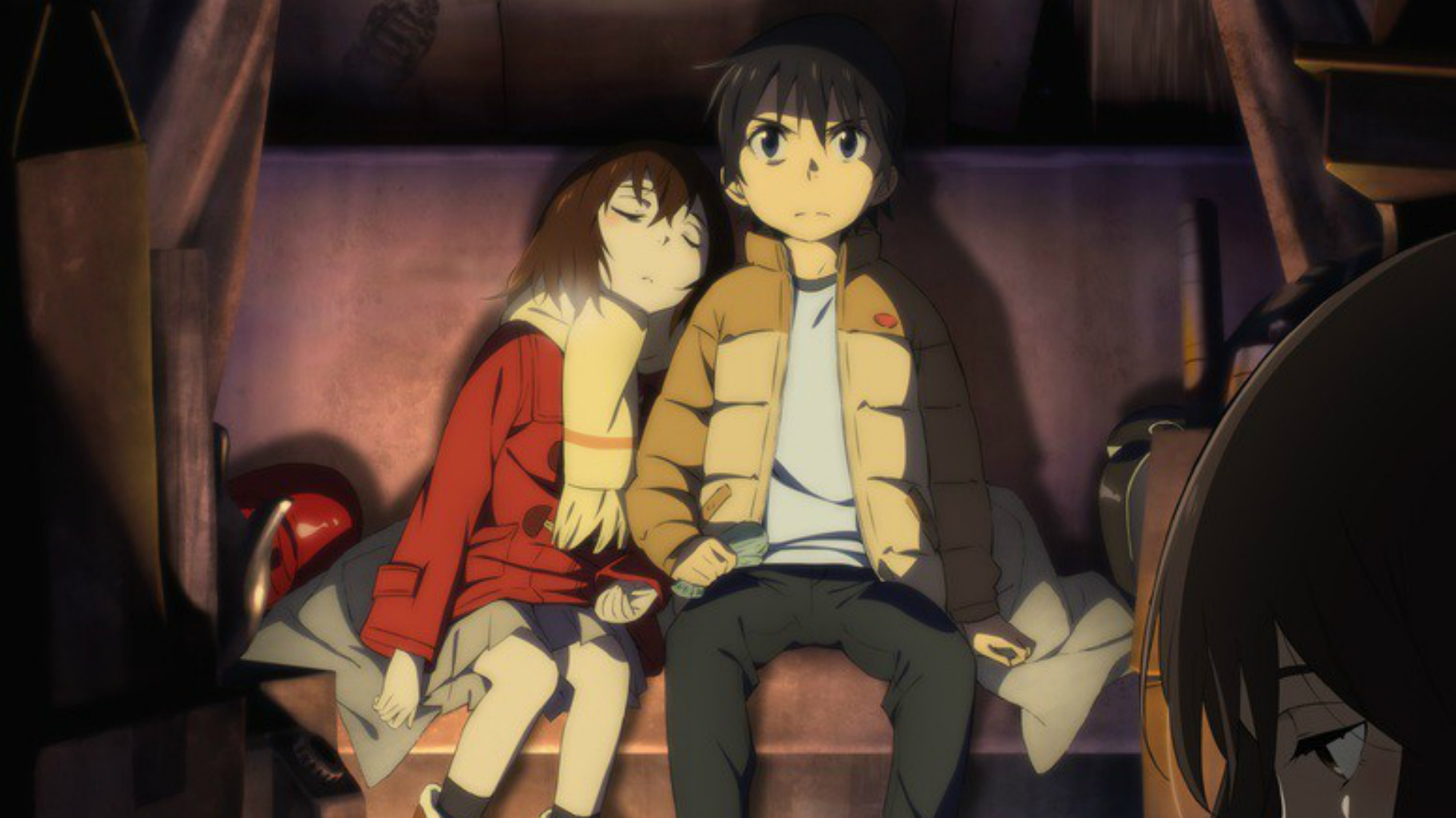
After the murder of his loved one, Satoru goes back in time, further back than he wanted, and tasks himself with solving an eighteen-year-old mystery that ties to his present-day tragedy. With a gripping mystery, chilling thrills, and a touch of science fiction, the award-winning anime continues to shock its viewers with its plot-twists and tearjerking scenes. This is an example of creators producing a modern twist on anime. This mini-series is just one of many storylines that fans never seem to loosen their grips on.
Giving Recognition
Anime and manga series have always had captivating plot-lines (Attack On Titan, 2013) and redeeming characters (Vegeta in Dragon Ball Z, 1989). However, it was only until recently that these factors have been getting more appreciated.
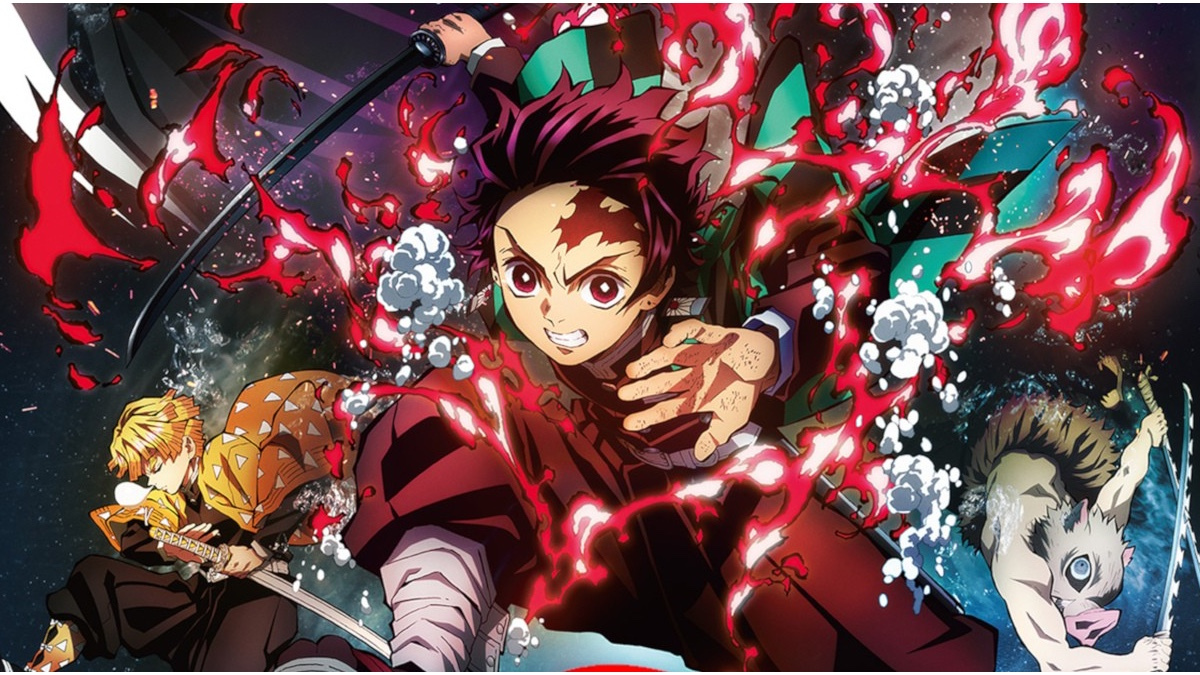
The cause of this is unknown. It could be that anime and manga have become more accessible to the public with streaming services, manga being sold in a variety of stores, or dubbed anime. Regardless of the reason, anime and manga are finally getting the recognition they truthfully deserved. This type of visual entertainment has always been and will continue to be something to positively commend.
